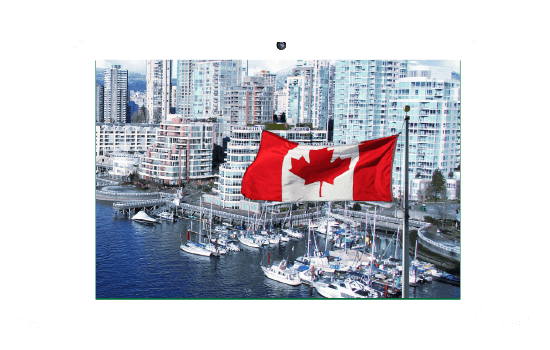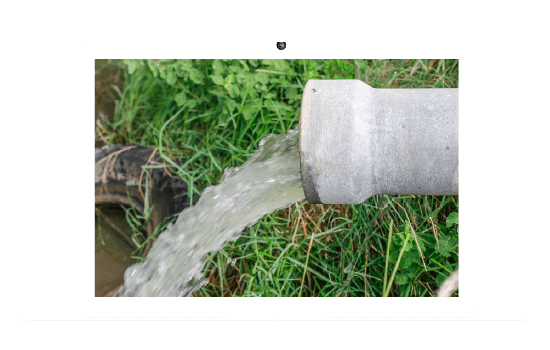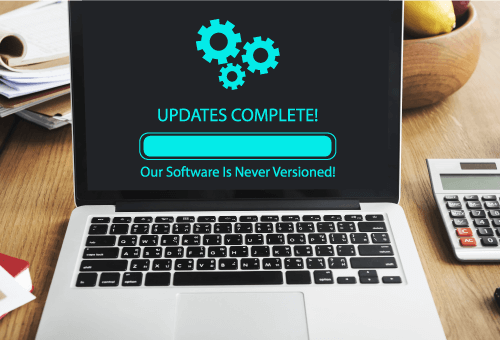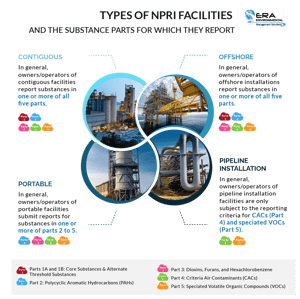ERA's solution identifies the substances in your facility reportable to the Canadian National Pollutant Release Inventory and calculates whether any exceed their NPRI reporting thresholds for you.
.png?width=550&height=350&name=Tier-II-solution-webpage_desktop%20(1).png)



Does your facility fall under one of the ECCC categories: contiguous, portable, pipeline installation, or offshore facilities?
Does your business employ the equivalent of 10 or more full-time employees (~20,000 work hours) throughout the year?
Does your site manufacture, process, or otherwise use a substance in one of the six parts of the NPRI toxic substances list?
Our chemical regulatory database and powerful software engine eliminate the most time intensive and onerous tasks required to complete your NPRI report.
The system calculates the threshold quantities for products used in day-to-day operations, generates summary reports, and formats your submission to SWIM.
The NPRI module captures data from ALL applicable sources and uses modelling technology to monitor and calculate your air, water, and waste emissions.
ERA's team of scientists maintains a comprehensive Master Chemical List with thorough chemical records and every regulatory change from the ECCC.
The methodology behind ERA’s software is built on total accuracy and rigorous data-gathering, basing reports on your facility’s actual, measured daily activities.
Compare all NPRI chemicals, their quantities, and chemical sources to their reporting limits.
Substances exempt from threshold calculations (e.g. articles not emitting NPRI substances during use) and activities and processes (e.g. research and testing) are automatically tagged.
Certain thresholds, such as the 10 full-time employee threshold, apply solely to certain activities. ERA's software pinpoints them for you.
The software generates a digital file that is ready to be uploaded to the ECCC's Single Window online system.
Every year, we bring our software up to date with the latest Environment Canada changes, implementing modifications to our reporting engine entirely free of charge — our software is never versioned!

Here's some of the developments we made this year to match changes to NPRI reporting requirements:
Added two new bases of estimate for substance quantities: remote quantification and speciation
Created a "Nature of releases" field for users needing to report non-point releases
Broke down individual stack releases into the five categories of combustion and fuel use
Separated the filterable fraction of particulate matter for reporting of PM2.5, PM10, or PM total
Updated the reporting criteria logic for Part 5 VOCs to flag speciated VOCs at or above 1 ton

The perfect resource to accompany reporters from start-to-finish. Our 30-page eBook covers every reporting criterion, threshold, and exemption in a straightforward checklist format.

A rundown of everything NPRI reporters should know, including reporting requirements, deadlines, and rules for each substance part, and the most reliable methods of estimate.
View frequently asked questions (FAQs) about ERA's NPRI Reporting Software.
The National Pollutant Release Inventory (NPRI) is Canada’s public inventory of pollutant releases, disposals, and transfers. It tracks over 300 pollutants from various industries, including oil and gas. Facilities in the oil and gas sector must report their emissions and waste management activities to the NPRI, ensuring transparency and regulatory compliance
The NPRI reporting deadline varies each year. For example, the deadline for reporting 2023 data is June 3, 2024. Facilities must submit their reports by this date to comply with Environment Canada’s requirements.
Environment Canada oversees the NPRI, ensuring that facilities comply with reporting requirements. The agency provides guidance, tools, and resources to help facilities accurately report their pollutant releases. Environment Canada also uses NPRI data to inform policy decisions and track progress in reducing environmental pollution.
NPRI Canada provides a comprehensive database of pollutant releases, helping to track and manage environmental impacts across the country. This data supports regulatory compliance, environmental planning, and public awareness, contributing to better environmental management practices.
NPRI reporting software simplifies the process of tracking and reporting emissions. It helps facilities identify reportable substances, calculate thresholds, and generate accurate reports for submission to Environment Canada. This software ensures compliance with NPRI requirements and reduces the administrative burden on facilities